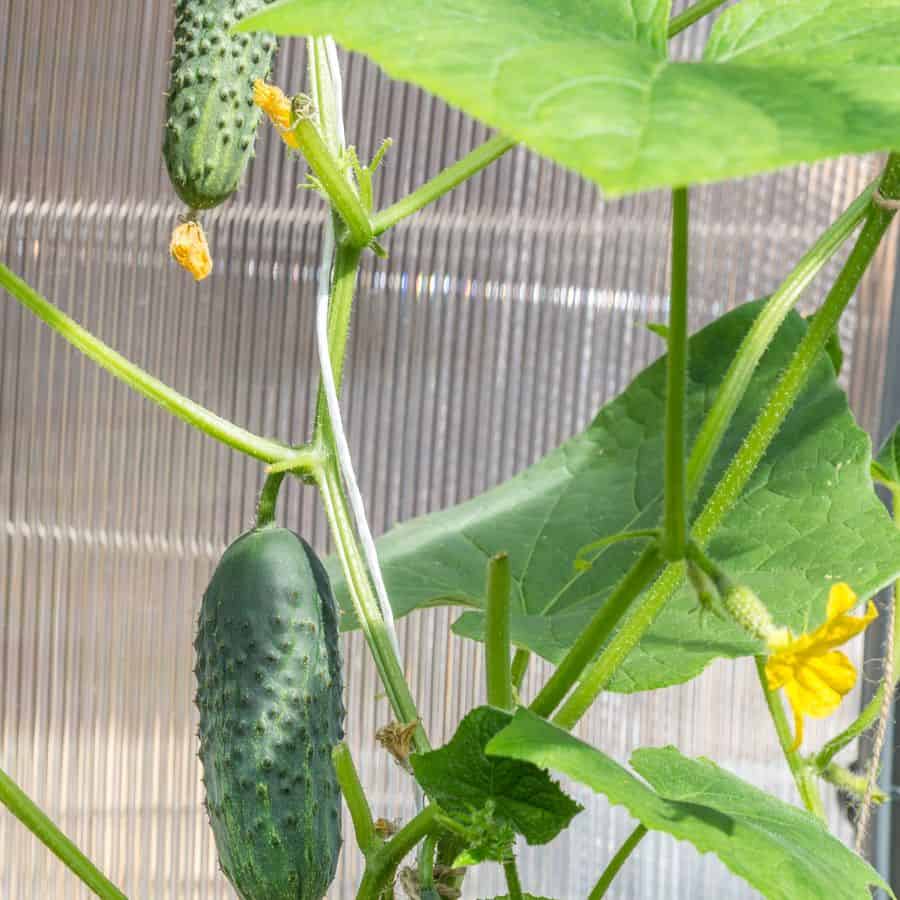
You’ve carefully planted those vibrant marigolds to brighten your garden and naturally repel pests, but wait! Are you accidentally sabotaging their success by pairing them with secret enemies?
Those gorgeous companion plants you thought were innocent might actually be waging an underground war against your marigolds. Let’s uncover the botanical betrayals happening right under your nose!
The Secret Garden Battle You Never Knew Was Happening
Marigolds might look tough with their bold orange and yellow blooms, but they’re actually quite particular about their garden companions.

These sunshine-loving flowers are like that friend who needs everything just right: full sun, well-drained soil, and neighbors that don’t steal their resources.
Did you know that over 80% of garden failures are caused by improper companion planting? The difference between amateur and pro plant parents is simply understanding which plants play nicely together and which ones need a serious time-out.
(Think of your garden as a dinner party; seat the wrong guests next to each other, and you’ve got garden drama that makes reality TV look tame!)
10 Flowers That Are Secretly Sabotaging Your Marigolds
1. Roses: The Resource Hogs
Forget what you’ve heard about roses being garden royalty. They’re more like garden gluttons when planted near marigolds.
These dramatic bloomers are extreme feeders, essentially stealing nutrients from the soil like teenagers raiding a refrigerator. Your marigolds will be left nutritionally starved, producing fewer flowers and weaker stems.
The secret most plant experts won’t tell you is that roses can deplete up to 30% more nitrogen from the soil than other flowering plants, leaving your marigolds desperately struggling to find leftovers.
2. Petunias: The Pest Magnets
Petunias might look innocent with their trumpet-shaped blooms, but they’re basically sending out engraved invitations to garden pests that will ultimately attack your marigolds, too.
They’re particularly attractive to aphids and caterpillars. The very pests your marigolds are supposed to help repel!
This partnership is like hiring a security guard who keeps inviting thieves over for coffee. Keep these two at least 3 feet apart to prevent a total pest takeover.
3. Geraniums: The Space Invaders
I was shocked to discover that geraniums, with their sprawling growth habit, can completely overshadow marigolds in just one growing season. These garden bullies spread outward aggressively, creating a canopy that blocks precious sunlight.
Your marigolds will literally be fighting for their lives in the shade, stretching and leaning desperately toward any patch of sun they can find. The result? Leggy, weak plants with minimal flowering.
4. Sunflowers: The Skyscrapers
Sunflowers are the skyscrapers of the garden world, magnificent to behold but terrible neighbors for shorter plants. Growing up to 6+ feet tall, they cast massive shadows that can leave your sun-loving marigolds withering in darkness.

Even worse, their massive root systems act like underground vacuum cleaners, sucking up water and nutrients from everything nearby. Your marigolds don’t stand a chance in this uneven competition.
5. Daisies: The Territory Takers
Don’t be fooled by daisies’ innocent appearance. These flowers are the garden equivalent of that friend who gradually takes over your entire apartment.
Their spreading root systems quickly colonize available soil, leaving your marigolds cramped and stressed.
In the garden turf war, daisies almost always win, creating dense mats of foliage that choke out less aggressive plants. Your marigolds will be gasping for space within weeks.
6. Lilies: The Water Demanders
The game-changer for your marigolds isn’t what you think. It’s often about water compatibility. Lilies are the drama queens of the moisture world, wilting dramatically at the slightest hint of dryness and demanding constant hydration.
Meanwhile, marigolds thrive with moderate watering and can actually suffer from root rot when overwatered. This mismatched water relationship is like having two roommates who want the thermostat set at different temperatures; someone’s always unhappy.
7. Tulips: The pH Protesters
Tulips and marigolds are locked in a perpetual battle over soil pH. While marigolds flourish in slightly acidic to neutral soil (pH 6.0-7.0), tulips demand more alkaline conditions. This fundamental disagreement means that one plant will always struggle to access nutrients.
Most people make this mistake with their marigolds by ignoring this invisible chemical conflict happening beneath the soil surface. The result is nutrient deficiencies, which manifest as yellowing leaves and stunted growth.
8. Pansies: The Pest Party Hosts
Your marigolds are trying to tell you something important when planted near pansies: “Help! We’re being overrun by pests!” Both plants can attract similar insects, but together they create a veritable pest paradise that can quickly spiral out of control.

This double attraction creates a pest population boom that can overwhelm even the healthiest garden. It’s like setting up two bug buffets side by side and wondering why you’re suddenly overrun with uninvited guests.
9. Chrysanthemums: The Chemical Warriors
Chrysanthemums are the chemical warriors of the flower world, releasing compounds into the soil that can stunt or kill neighboring plants. This botanical warfare, called allelopathy, can be devastating to your marigolds’ root systems and overall health.
The vibrant blooms of chrysanthemums hide their secret weapon—a natural herbicide that gives them a competitive edge by eliminating plant competition. Keep these flowering frenemies far apart!
10. Zinnias: The Sunlight Stealers
Zinnias might seem like perfect marigold companions with their similar sun needs, but their rapid growth and bushy habit quickly transform them into sunlight thieves.
As they reach for the sky, they create dense shade patches that can transform your once-thriving marigolds into pale, reaching shadows of their former selves.
Even worse, zinnias can grow so quickly that by mid-season, your marigolds might be completely engulfed. This high-speed hostile takeover leaves your marigolds no chance to compete.
Your Marigold Rescue Plan
To help your marigolds truly flourish, keep them at least 2-3 feet away from any of these problematic neighbors.
Instead, pair them with compatible companions like basil, cucumbers, or melons. Plants that either benefit from marigolds’ pest-repelling qualities or have complementary growth habits.

Remember: in the garden, as in life, good boundaries make good neighbors! Your marigolds will reward your thoughtful planning with spectacular blooms and vigorous growth throughout the entire season.
The breakthrough realization for many gardeners is that plant spacing isn’t just about above-ground aesthetics—it’s about creating harmony in the complex underground ecosystem where the real garden magic happens.